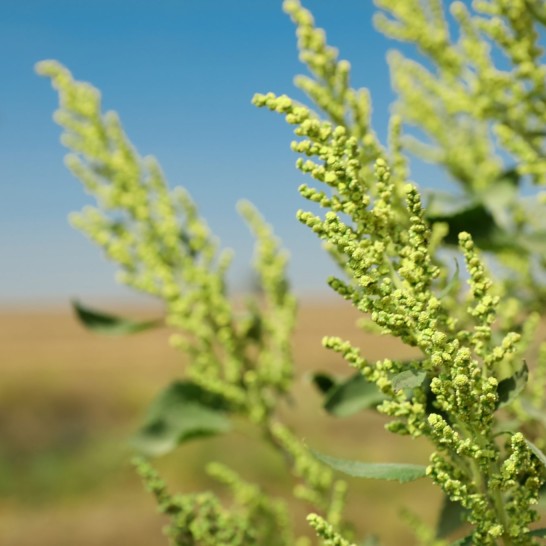Borger resident Edwin Scott said his allergies have been so bad this season he’s been chasing his Zyrtec with Allegra. “Usually, I use Benadryl or something (to supplement Zyrtec), not one of the name-brand medicines,” Scott said.
Allergens may be something to sneeze at, but area residents should not underestimate them as higher moisture levels and higher temperatures have caused higher pollen levels, local allergy experts said.
“People should not take allergies as something mild,” Dr. Constantine K. Saadeh said. “(Allergies) can have serious ramifications.”
Serious allergy suffers face sinus infections that can lead to meningitis, he said.
People who suffer from asthma caused by allergies can suffer irreparable lung damage if their asthma goes untreated, Saadeh said.
West Texas A&M University Purchasing Director Bryan Glenn said he couldn’t make it to work Friday because of his seasonal allergy symptoms. He said he’s been taking allergy shots to no avail.
“My face is swollen and eyes are runny … ready for the first freeze,” Glenn said.
WT biology professor Arun Ghosh cited research by Rutgers University environmentalist Leonard Bielory to explain heightened pollen levels worldwide. Global climate change is prompting many plant species into a sort of species-
survival mode in which they release more pollen, Ghosh said.
“(Plants) cannot move themselves, so it’s kind of a gene-controlled phenomenon,” Ghosh said. “They are producing more reproductive units.”
Ghosh said West Texas residents face the worst allergy conditions in the state. He said he assumed allergens wouldn’t be prevalent in the area when he first moved to the Texas Panhandle due to the region’s limited plant life.
“Just the opposite thing is true,” Ghosh said. “Pollen grains, they can fly 300 to 400 miles. We receive pollen grains from Oklahoma, we receive pollen grains from Colorado, New Mexico — all of our neighboring states.”
This summer, a team of of WT researchers measured heightened levels of ragweed in Palo Duro Canyon State Park, Ghosh said. Nine years ago, researchers found scattered patches of ragweed in the canyon, but due to recent rains, a “continuous trail” of ragweed littered the landscape this summer, Ghosh said.
“Ragweed is the most important culprit that is causing allergies to 90 percent of people who are suffering from allergies in the world,” he said.
Another area culprit is the fungus alternaria, which forms on wheat plants and agitates residents with mold allergies, Ghosh said.
Saadeh said allergy sufferers can can take preventative measures to head off their symptoms, such as avoiding going outside between 4 and 8 p.m., as well as avoiding the outdoors when wind speeds range from 20 to 30 mph.
Over-the-counter antihistamine medicine can help mild allergy sufferers, but people experiencing more serious symptoms should talk to a doctor, he said. It’s also a good idea to wash clothes in hot water to deal with pollens that stick to clothing, Saadeh said.
Ghosh said allergy sufferers also should consider wearing a face mask when working outdoors. Parents can help their children tolerate allergies by letting them play outside at an early age, he said, and residents suffering from allergies should consider having their homes inspected for mold growing inside walls or air ducts.
To many, allergies are a minor annoyance, but they can be dangerous for others, Ghosh said. After all, pollens might be responsible for killing off the dinosaurs.
“You laugh at that, but it’s a very plausible theory, and many archaeologists and scientists … believe that the dinosaurs became extinct because of allergies,” Ghosh said.
###
By Russell Anglin
October 12, 2013
amarillo.com
You may also be interested in . . .
Tree Pollen and Pollen Counts Explained
March is here, and so is Spring! Spring has officially started which brings longer days, refreshing rain showers, bright colorful flowers, and of…
Ragweed and Fall Pollen Allergies
Back to school season is here! Shorter days, crisp, cool evenings, and beautiful fall foliage are on the horizon. This time also marks the onset of weed…
Drowsy Drivers May Put Your Family At Risk This Summer
If your summer plans include driving you could come across a new danger on the roads this year. Certain allergy medications might be affecting users…


